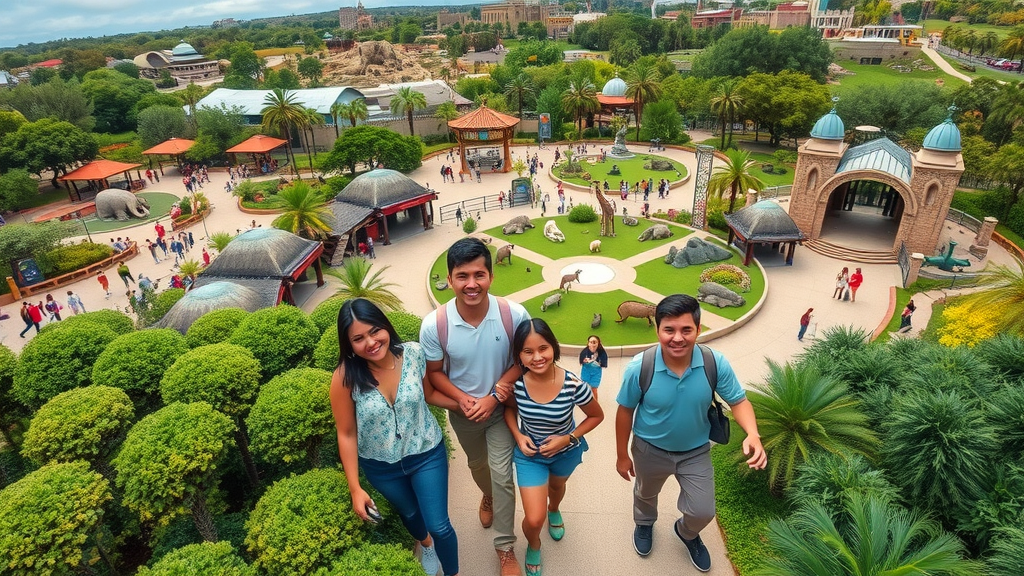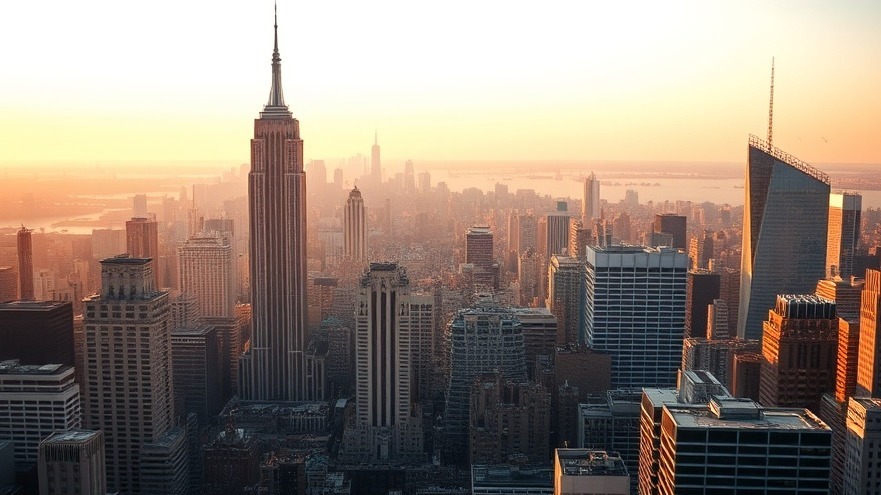
Discover the New Metrobus Network: A Tour Guide's Perspective
Washington, D.C. has always been a city rich with history, culture, and energy. One of its best hidden transportation gems was revamped this summer with the launch of a completely new Metrobus network. If you’re planning a visit and want to dive deeper into the local scene, understanding how to navigate this system can significantly enhance your D.C. experience.
In 'How to Use the NEW Metrobus Network in Washington DC', the discussion dives into the transportation options available for tourists, exploring key insights about the new system that sparked further analysis on our end.
Why Metrobus Matters for Tourists
For many visitors, the Metro Rail is the go-to public transport option. However, the Metrobus system fills essential gaps left by the rail network. As a tourist, using the bus can help you discover areas not easily accessible by the Metro. Imagine visiting the vibrant neighborhoods of Georgetown or the iconic National Cathedral without the usual hassles of parking or long walks from Metro stops. The new bus routes serve these attractions purposefully, so let's take a closer look.
Understanding the New Bus Routes
With overhauls like these, change is both exciting and a little fearful. The revamped Metrobus system is designed with an alphanumeric system: each letter represents a region, while the numbers indicate the specific route. For instance, routes starting with “D” serve Washington D.C., making it straightforward for visitors to remember where they are headed.
Five routes in particular stand out: the D80, D70, D10, D50, and C11. Each offers unique stops and connections:
- D80: A direct line from Union Station to Georgetown and the National Cathedral.
- D70: Conveniently drops tourists off at the National Zoo with minimal walking required.
- D10: Connects directly to the Kennedy Center, ensuring art lovers can easily attend shows.
- D50: Accompanies visitors around the bustling 14th Street corridor towards the Jefferson Memorial.
- C11: A practical option for those staying at National Harbor, enhancing accessibility for conferences.
The Impact of Technology on Transit
The resurgence of the Metrobus system isn't just about revamped routes; it’s about enhanced accessibility through technology. Google Maps and Apple Maps have integrated these routes, allowing users to plan their journeys seamlessly. Additionally, the new Metro Pulse app brings real-time information, showing bus schedules and stops, making the anxiety of public transport a thing of the past. With technology easing navigation, even first-time visitors can ride with confidence.
A Personal Touch: My Thoughts on the Revamp
Having lived in D.C. and worked closely with tourists over the years, I see both sides of this change. For locals, these revamped routes mean quicker and more reliable services. However, the redesign might leave visitors feeling slightly lost if they don’t know the best routes to take. My advice? Embrace the adventure! Public transport is a unique way to experience the local vibe of Washington, D.C., from the comfort of a bus seat.
Your Key Takeaway: Enjoying the Journey
The Metrobus system might seem like a daunting puzzle to solve, but becoming familiarized with it can uncover Washington D.C.'s hidden treasures. Planning a trip soon? Use the bus system to enhance your exploration and discover local establishments that often get overshadowed by the traditional tourist trail.
If you’re eager to immerse yourself further in the world of public transportation in D.C., consider watching the next video about using Smart Trip cards, designed to make your travel experience smoother and more efficient. Let’s make the most out of your visit!
 Add Row
Add Row  Add
Add 




Write A Comment